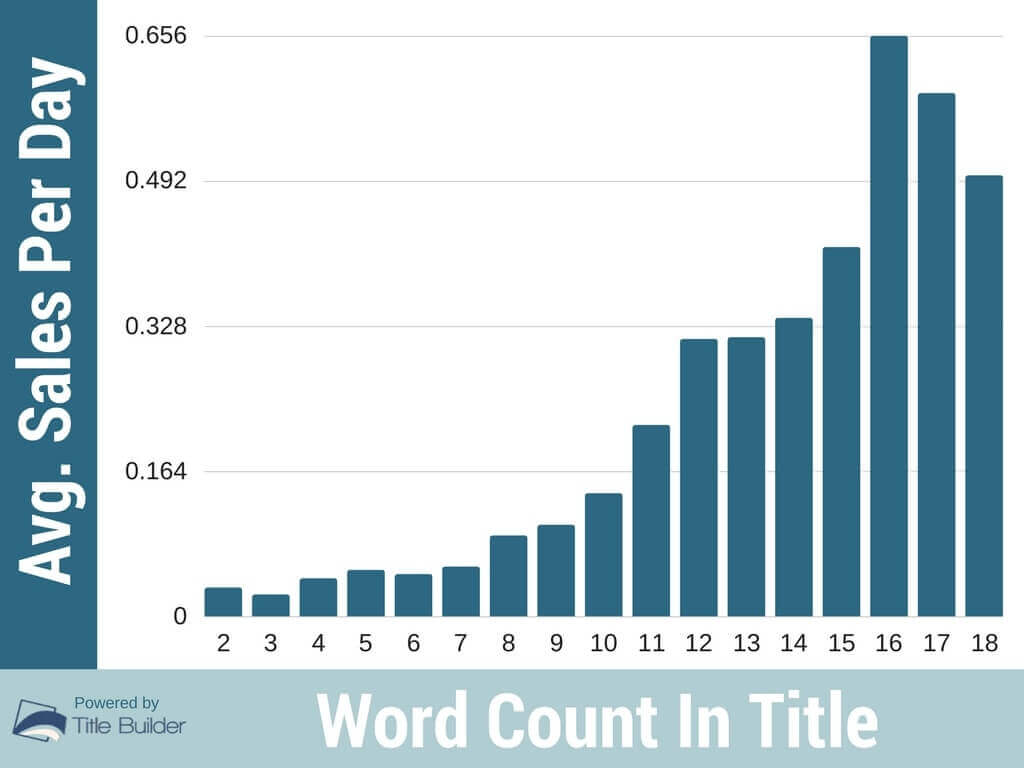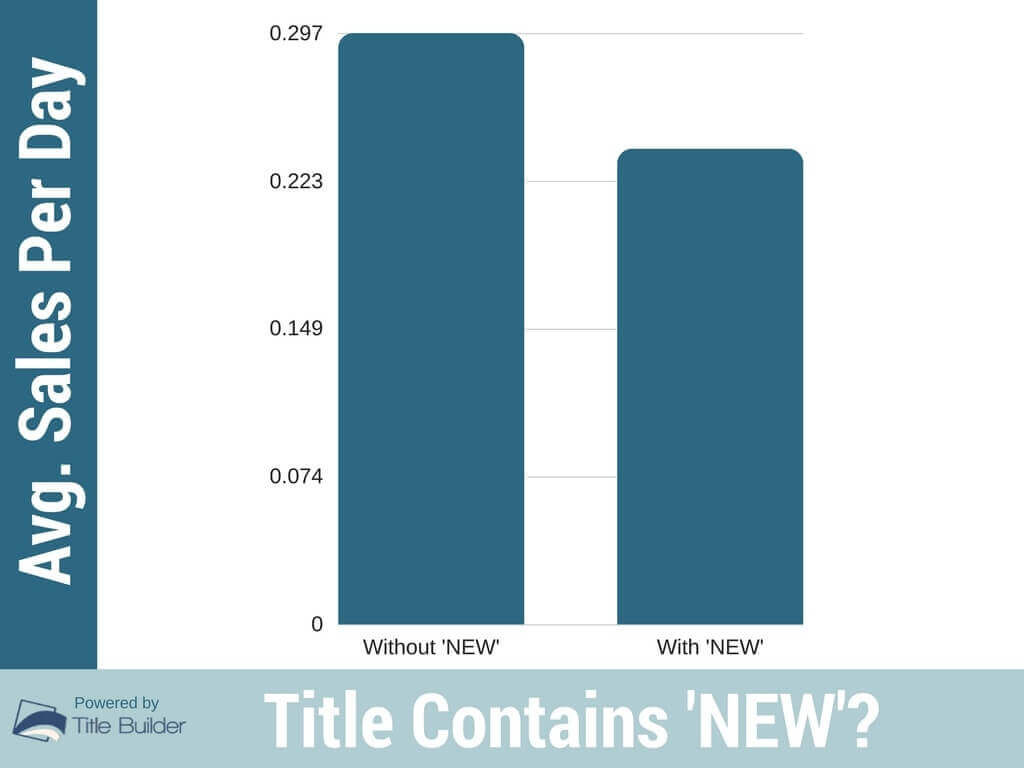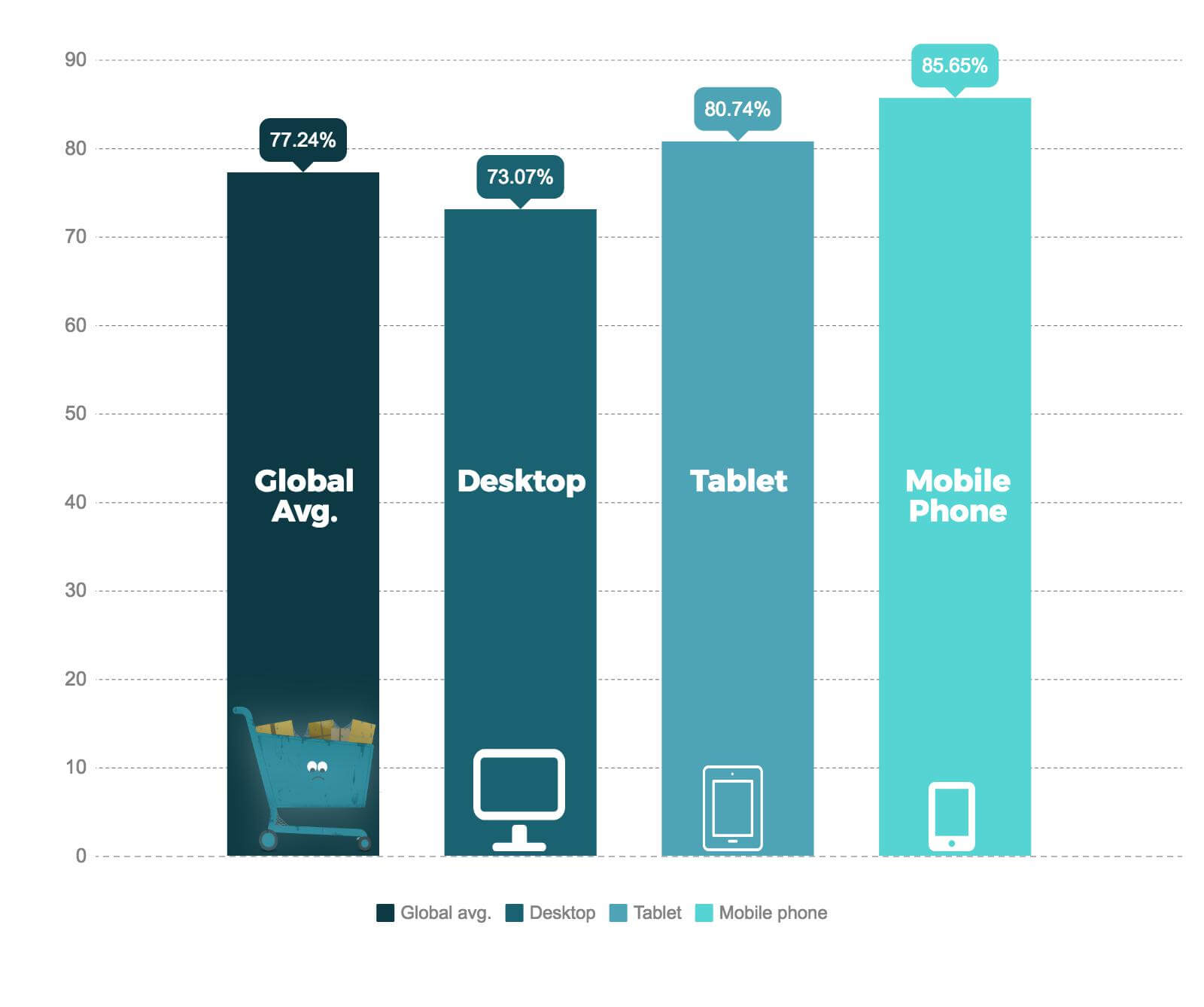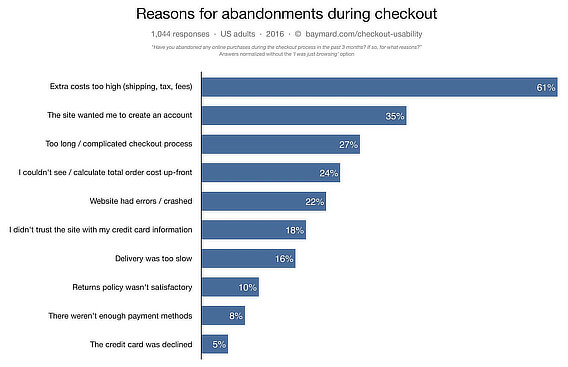We all make mistakes – that is inherently part of human nature but the question is what preemptive measures can be taken to avoid them. It’s not just a matter of appearances, fallibility in eCommerce can translate into a concrete loss in revenue. That is why I decided to compile the top 7 areas I can advise you on from my own personal experience. The tips that follow are the kinds of things I wish someone would have told me when I first started out.
So without further ado here are some of the most practical tips you will get for your eCommerce business:
eCommerce mistake #8: Mistreating customers
Very often, customer service can be perceived as a burden and a task to be rid of as soon as possible. But not taking this crucial aspect of eCommerce seriously and mistreating customers can have dire effects. Besides for which, when you actually listen to what your customers are saying you are receiving free feedback on how to improve your business.
Here are some mistakes people (including myself) made and some tips on how to avoid making them:
- Response time – A big mistake sellers make is not responding to customers within 24 hours. Keep in mind this is the maximum time frame it should take you with the ideal being no more than a few hours. If it does take you longer than a day to respond, most likely you have lost a customer and they have moved on to the next merchant. Assuming the item has already been sold to said customer and assuming you are selling on Amazon, your customer could submit an A-Z complaint with Amazon (essentially asking them to step in) and this could seriously damage your Seller Rating and earn you damaging Amazon Seller Feedback. The same is true for eBay and most other eCommerce platforms which have a built-in feedback loop.
- Emotions – Don’t let your emotions run high when dealing with customers. It is your job to keep your cool, stay professional and ultimately solve the issue they are having. Being emotional will usually not solve the problem but more likely make it worse. This can come in the form of a scathing review and ultimately damage your eBay feedback rating.
- Be direct – Many of us are used to beating around the bush and in many instances in life this is a great approach – not in eCommerce and not with customer service! Unusually, a customer’s grievances can be summed up in 1, 2 or maybe 3 points, aim to directly solve these issues and convey your efforts to the customer in a direct manner.
- Be positive – Always aim to use positive language. Make sure to hit key points when interacting with a customer including:
- Elevating their status by telling them how much you appreciate their business
- Directly addressing their issue as I mentioned above
- Apologizing for the wrongdoing – never forget that an admittance of guilt and a simple ‘I am sorry’ can go a long way with people
- End your message with a positive statement, reinforcement and/or a smiley face, for example: ‘I totally understand where you are coming from and promise that I will make this right!. All the best, Daren :)’
- Be preemptive – What I mean by this is, try to anticipate issues that may arise and tackle them head-on – this could be by using customer service templates or by simply going above and beyond when answering a customer service inquiry. For example, if a potential customer asks about sending a specific item express then answer their question directly but maybe also copy and paste or even better link to your shipping policy. This will help you avoid a lot of back and forth when they have another shipping concern and help your customer feel that there is a competent party on the other end of the screen.
- Time – A big mistake new and veteran sellers make alike is wasting time, especially when arguing about a refund. Choose your battles wisely! – if you are arguing over an item which costs $8 or even worse $4 and this takes 2, 3 or even four hours then you have a problem. I am sure that you would agree with me that you are worth more than $1 or even $2 an hour. Do be wary of scams and don’t give a refund on every single claim but also remember that your time is precious and don’t waste it when it could have been spent on business development and product procurement.
- Do it yourself – The biggest mistake you can make is handing over customer service to someone else. You are the most knowledgeable about your business and at the beginning, you should be handling or at least closely managing your customer service reps. Good customer service comes from a deep knowledge of the company and its product and should be regarded as a key position in your company. Whoever you end up giving this role to – make sure they are an expert!
eCommerce mistake #7: Selling multi-channel without the correct resources
This pertains to a rule of thumb which is true in life in when investing and especially in the field of eCommerce. Many people, usually newbies who are very excited about their online business, jump at multiple simultaneous opportunities and lose the ability to properly allocate the two most important components of developing an eCommerce business:
- Time
- Resources
This is exactly what happened to us when we decided to open our own website. We made several monumental mistakes which came along with misconceptions:
- We opened two websites simultaneously – one was geared towards the UK market and the other was geared towards the US market. This turned out to be a huge mistake! We lacked both key components ie time and resources in order to get both sites off the ground. We ended up having to close the US site within a year of launching it.
- We knew that we needed to build traffic from the ground-up but were unaware of how hard it would be. You literally start off with ZERO traffic and again you need time and money to get eyeballs looking at your site.
- We knew that building a successful site takes time but we were unaware of how much time. You need months upon months of patience and in many cases upwards of a year. In the age of instant everything, we were expecting things to take off very quickly. They did not. You should prepare yourself for this potentiality mentally, physically and monetarily.
- We thought we could build the sites on our own but like they say, it takes an army! More often than not, you are going to need employees. And guess what ?! Yup, employees cost money!
- We also lost focus. We became so obsessed with developing these new sites that we neglected our main source of income ie eBay and Amazon. The end result was that the websites brought in zero revenue, our eBay/Amazon business declined and the websites did not really take off on the level we had hoped for.
This principle is also true for people who exclusively sell on Amazon but want to branch out to:
- eBay
- Shopify
- Alibaba
And any number of other platforms. Don’t get me wrong, I highly recommend multi-channel eCommerce and truly believe that an evenly keeled multi-channel approach is the way to go as you don’t want to put all your eggs in one basket. But if you are expanding, do so one platform at a time and at a pace that you and your business can handle.
eCommerce mistake #6: Product presentation
The way you present your products is a key element to whether or not a shopper will convert into a customer. Product presentation has both verbal and visual aspects. Make sure you are hitting these key notes when presenting your products:
- Images –
These are some of the major mistakes people make regarding images:
- Providing only one image
- Showing a product from only one angle
- Not offering shoppers a zoom feature on images
- Placing oversized unimaginative photos
- Not providing photos which help the consumer imagine themselves using the item
Here is a good example of a wallet which has been professionally placed and allows one to view the item from multiple angles:

Here is an example of what type of picture not to use. As you can see the background doesn’t work, the lighting is bad and you can only view it from one angle:

All of these points are crucial when providing images, it goes without saying that whatever images you do provide, they must be professional looking and high quality. This is the only chance your customer will get to ‘interact’ with your product and understand what it would be like to own such an object.
2. Copy – This refers to any and all written descriptions and titles you give your products. When looking for the perfect eBay title for example it is important to learn the intricacies of what works and what doesn’t. Building the perfect title is an art form developed after years of experience:
- Longer titles on eBay increase sales

- A higher number of keywords in an eBay title increases sales

- Using the word ‘new’ in an eBay title decreases sales

Some of you may be astounded by these numbers and that is why it is worth doing your homework to know what to do and what to avoid.
Beyond the titles, meeting the people behind the product as well as in-depth product descriptions are crucial :
- When buying from an individual website people prefer to buy from a place with a personal touch where they can see the people behind the wheel and make a human connection. Humor is often a great place to begin. Check out this whitty ‘Meet The Team’ page:

- When it comes to eCommerce shoppers are more interested in peer-to-peer reviews, Seller Ratings as well as detailed product descriptions. Consider this:
On Amazon’s product pages, 18% of a consumer’s time is spent looking at photos while 82% is spent looking at the copy! (Source: Nielsen Norman Group)
That is why it is important to have stellar images but even more so to have insightful and valuable product information on all of your listings.
eCommerce mistake #5: Accessibility and Ease
These two components are also very crucial and are rife with potential mistakes. If you place too many barriers in front of a potential shopper and/or do not provide service on the platform of their choice ie desktop, mobile, tablet etc then you can be losing out on some major business.
- Checking out – You want checkout to be as frictionless and smooth as possible. If you make this process too convoluted and complex, chances are you will lose customers who will just abandon their carts out of frustration. The main things to keep an eye out for are:
-
- Placing as few distractions as possible in the check out vicinity
- Don’t overwhelm consumers with cross promotion. Although this can work to increase sales, many times it has the opposite effect
- Don’t make the ‘remove item from cart’ button so prominent. You want to give them an option to renege but not to encourage it
Consider this:
“A full 22% of survey respondents said that they abandoned their carts because they were asked to create a new user account” (Source: Barilliance)
Forcing consumers to create a new user account is a prime example of a turbulent checkout experience and an unnecessary obstacle which accounts for an average loss of ⅕ of customers.
- Platform awareness – When I talk about platform awareness, I am mainly referring to mobile optimization. The number of mobile users in general and mobile shoppers in particular has greatly increased over the last years and the shopping experience should be optimized accordingly.
“Mobile cart abandonment continues to outpace desktop by 16%” (Source: Barilliance)

The main reasons for this include:
- Listings are not optimized for mobile
- The time it takes for a page to load is slow
- Pages are unresponsive
- Customers are forced to zoom in and out of images in order to view them properly
- Desktop pop-ups are a disaster on mobile
You can easily make all of your eBay listings mobile responsive with CrazyLister.
eCommerce mistake #4: First impressions and Trustworthiness
- We all know that first impressions matter and as such, one should invest time and money in:
- Dressing nicely
- Being fit
- Grooming
- Etiquette
The same is true of your eCommerce website. You must invest time and money on:
- An excellent user experience (UX)
- A great user interface (UI)
- Well written content
- Graphics
This is extremely important as your website is the face of your brand. If somebody enters your website and it seems unprofessional, buggy or just downright dodgy, not only are they not going to stay on your website and browse items, they are most definitely not going to whip out their credit card and start entering in their personal details.
According to a study, the look and feel of a website is the major determining fact of a visitor’s first impression. The study’s conclusion pointed to the fact that poor interface design leads to rapid rejection and mistrust of a website.
(Source: Persuasive design of destination websites: An analysis of first impression, By: Daniel Fesenmaier)
You are making a giant mistake if you do not invest in the look and feel of your eCommerce website!
- Trustworthiness is the other side of the same coin, beyond looking and feeling trustworthy and thus making a good first impression, there is always the issue of brand familiarity. Most items people sell do not have the brand identity level of Nike for example and thus they hit a speed bump as far as their target market’s:
- Concerns’
- Motivation for buying
- Insecurities’ about your product
You need to offer them content which will ease their uncertainties. You should be offering customers brand validation including:
- Customer Reviews
- Testimonials
- A personable and relatable brand narrative
- Brand publicity
A recent survey showed that traffic which is generated by organic reviews has a lower bounce rate and higher page views when compared with traffic from Google, Facebook and Twitter
(Source: Customer generated marketing platform, Yotpo)
This points to the fact that you need to invest in your site, brand and product more than in social media promotion.
eCommerce mistake #3: Pricing Strategy
Pricing is a very important component of online retail. If your pricing strategy is wrong you will have a very hard time moving your products. There are a lot of intricacies here, you must deeply understand your target market and also understand the psychological aspect of pricing.
Price is the single most important purchasing factor for 60% of shoppers! (Source: Lemonstand)
Considering this, a faulty pricing strategy may be the main culprit responsible for lower than expected or subpar conversion rates.
Here are some psychological pricing strategies that have worked for us in the past:
- Bundling – This is a well-known eCommerce strategy whereby you sell multiple items together either as a set or a ‘package deal’. The main benefits of this are:
- It is perceived as a better value deal by customers
- It makes it easier for you to move more merchandise
- Shipping is cheaper on groups of items versus individual items making it more cost effective for you to offer free shipping (more on this in my next point)
- Don’t round up – Some sellers like to round up prices but this is a common mistake. There is a reason that when you walk into almost every major retail chain everything costs $1.99 or $19.99. No, it is not because whoever is in charge of pricing loves the number 9, rather, ‘rounding down’ by one cent gives the psychological impression that a product is cheaper than it actually is. Most people know this and despite being aware of this cheap marketing trick, they fall for it every time. If it didn’t, you would see products being sold for $2.00 and $20.00 – just have another look at the former and latter numbers and you will see which set of digits give you a greater sense of satisfaction.
- Font size – The price font size theory says that if a price is small enough (while still remaining reasonably legible), the price actually has a lesser impact on the buyer.
Imagine seeing the price like this:$200
Or like this: $200
It’s psychological. The smaller sized font will always be perceived as less expensive though the numbers are the same. - Syllables – The last psychological aspect to consider is the amount of syllables a number has. The less syllables a number has, the less it is perceived as a higher number. In this way we can compare:
- $998 – Nine-hundred and ninety eight (5 syllables)
- $1,000 – One- thousand (2 syllables)
With cheaper items, it is generally better to have more syllables but retain a 9 at the end and with larger amounts it is better to have fewer syllables and leave out the 9.
eCommerce mistake #2: Shipping
As we all know, the lifeblood of remote commerce is of course shipping. But what some people do not know is that the cost of shipping can kill conversion rates.
Shopping carts are abandoned at a rate of 61% due to exorbitant costs including shipping costs (Source: Baymard Institute)

If you are currently charging for shipping I would seriously consider offering free shipping. Amazon Prime has created a paradigm shift in the market and customers now expect this as a basic service, not only that, they now expect to receive items within 1-3 days of ordering.
If you already offer free delivery then make sure you have it up on your site at every relevant interchange. Beyond informing shoppers of this, you also need to make it attainable, for example if you only offer shipping for $50 and up and most of your products cost $5, this is unreasonable and can do you more harm than good.
Another aspect to take into consideration is displaying the shipping provider, many people will abandon a cart simply because they do not know if it is being delivered by FedEx or UPS. The reason is that some carriers will deliver items straight to your door while others might expect you to come pick it up. Time and comfort is an important component for people shopping from home – don’t lose sight of this crucial fact!
eCommerce mistake #1: Pushing your product too aggressively
Obviously, any business would like to sell as much as possible so I know at first it sounds a bit strange to say not to a business not to push their products too aggressively. What does that even mean?
Let me explain, buying trends over recent years have shifted since social media has made its debut. Consumers are extremely intelligent today and very well informed. They tend to only buy from brands they are familiar with and trust.
The number one mistake, though counterintuitive, you can make when marketing to new and existing clients is trying to sell to them. Although this sounds ludicrous, people these days are advertised out of their minds – I recently opened my Facebook Messenger only to see that among my messages was a really annoying advertisement for Waze Carpooling. Now besides for this feeling like an invasion of my private space, it means that people are hypersensitive to direct advertising. That is why when you directly solicit with special offers and sales you are likely to have:
- A lower click-through rate
- Less engagement
- And ultimately fewer sales
The following is an example of a company who has 1,000,000 Facebook followers on their page but was getting very disappointing engagement on their posts:

After deciding to ‘sell’ less and ‘engage’ more they saw the amount of people they reached on the previous post jump from 613 to 18,521!

In the first post there is a link (which is blocked out), which is automatically detected by Facebook that this is a commercial post and the amount of people who see it is limited. The second post is not selling anything but helps this company build up a following which will translate into sales in the not so far off future. It is much harder to quantify the return on investment here and that is why many businesses are reluctant to use this strategy but I would personally highly recommend it!
Summing it up
It is always best to preempt our fallibility by learning best practices from other’s trials and tribulations. Many business people are like dwarfs standing on the shoulders of giants, you learn and grow from those who came before you – be it 5 months, years or decades. Consider adopting at the very least, some of the things I recommended you avoid and some of the things I recommended you do. Try implementing them incrementally and at a pace you can handle.
Please share from your personal experience, things you would recommend eCommerce merchants avoid and help others avoid going through pointless hard times.


